Talc
Omar Minerals a division of Omar Associates (Pvt.) Ltd. has been involved with the Mineral Industry for the last decade. Employing some of the best geologists and scientists of Pakistan. Omar Minerals is credited with some astonishing discoveries one of them being “Talc”. Talc is a rock that is mined from open-pit and underground deposits. Because it is a natural product, talc is always found in combination with atleast one other mineral whose proportion depends on its geological origin. Chemically pure talc has never been found in nature in commercial quantities. Practically all of the talc products offered are impure. The most common host for talc ore bodies is dolomite & ultramafic rocks. Color variations range from snow-white to black, including greenish gray & various shades of green, pink and even red.
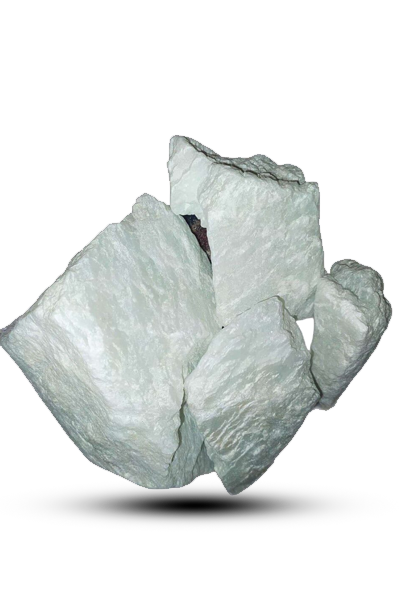
History Of Pakistan Talc
Abbotabad & Mansehra Region:
This region along with adjacent area was subjected to mountain-building in Early Cambrian times (500 million years ago) and granitization took place over large areas of the order of thousands of Square Kilometers Apart from the major end-product granite a number of intermediate products were also generated in peripheral areas viz.
- Iron ore and Manganese ore deposits.
- Carbonatite deposits in Swat and Malakand.
- Fluorite deposits and Fluorite granite in Malakand.
- Nepheline Syenite and Sodalite Syenite in Swat.
- Wolfram minerals in Mansehra.
- Soapstone and Talc deposits in Abbotabad.
Magnesium-laden emanations from rocks being granitized, altered the lime stones to Soapstone or Talc as a response to environmental conditions, purity of the emanations & limestones, susceptibility to metamorphism, temperature and pressure conditions, duration of metamorphic episode etc etc.
Our mines & enviroment
Pakistan is host to some of the best Talc deposits in the world, which are now being brought forth by Omar Minerals. With our own mines, each exhibiting a unique and diverse quality Omar Minerals have now made a systematic and well defined Mining Schedule and strategy to plan & sort out different grades of ores. Each ore sample is then carefully selected and analyzed on site, in terms of their Chemical & Physical properties and then rechecked at our main Laboratory in Karachi. Since Pakistan has no open pit mines the very white talc has to be fetched from deep inside the mines and we place a lot of premium on our white products. Omar minerals mines are situated in the most beautiful & lush green valleys of the North West Frontier Province (NWFP) almost 1600 km North East of Karachi and all endeavors are made to environmentally protect this area. Trees are not allowed to be cut. Great care is taken to ensure that New Mine heads are not situated in and near dense foliage further trees are being planted and a Master plan to this effect is already in place to enhance the ecological balance & harmony of the area. Great care is taken at our mines to ensure that Child labour is not allowed and is totally forbidden.

Quality Control
Packing
Whiteness Is Omtalc
We pride ourselves in establishing the first modern laboratory with state of the art equipment totally dedicated to monitoring strict quality control of our products at each step from the small mines of NWFP to the vast markets of the world. Not an ounce of talc leaves our premises until it has been tested, retested and analyzed for the chemical and physical characteristics that have been promised to our costumers. Our R&D team can also undertake production of various grades of powder to suit individual customer needs. You tell us what you want or we can advise you on what will best assist your particular product.
Great emphasis is laid on the right packaging weights that our finished products carry. Imported Kraft paper is used to make paper bags for OMTALC. The products are available from 10kg weights in a paper sack to upto 1-ton PP jumbo bags. Shrink-wrapping & pelletization is all done in house at the packaging stations. Special packing or bulk supplies are also catered to if required.
The lustrous white talc extracted from our mines like pearls from a shell are one of the whitest & purest talc known to man or available any where on the face of this earth, which has won many a laurel for being the whitest talc in the world. These Talc bodies carry very little impurities they are Asbestos Free and exhibit a very platy lamellar character making it a “LITTLE WHITE MIRACLE” which we are proud to process for our customers all over the world.
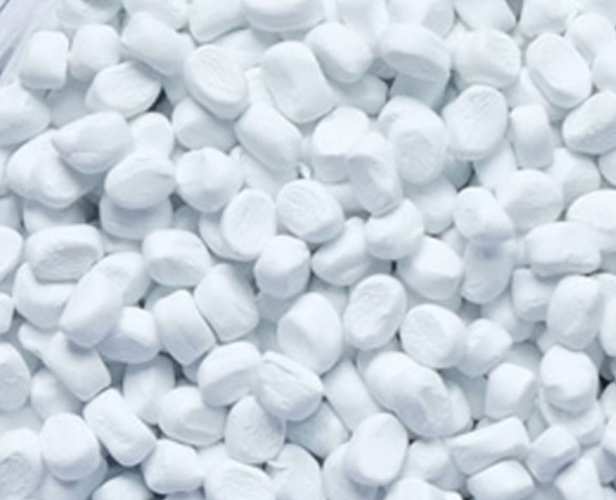
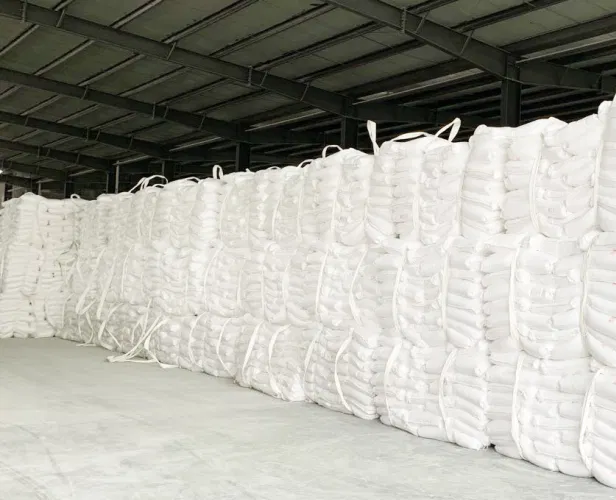
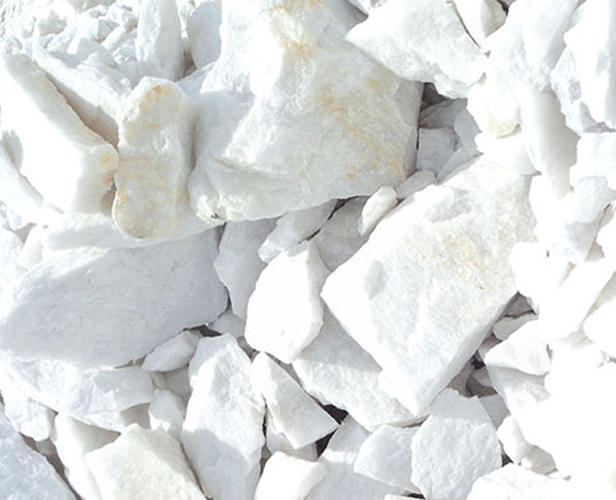
Areas of Application
Paints
Some of the important properties of Talc used in paint are colour, fineness of grind, oil absorption, chemical inertness and resulting viscosity. Talc helps to impart integrity, reinforce paint films control viscosity and prevent sagging of paint films. It improves suspension and prevents settling of solids at the bottom of the paint container. Because talc is very soft (1 on MOHS hardness scale), it causes only minimal abrasion to process and application equipment. It disperses readily in both aqueous and solvent-based paints. Talc having a surface area greater then 12 m2/g is used for gloss control when an exact degree of Sheen or luster is required. Omtalc has the ability to fulfill all major criterions for the paint industry. Our experts from Pakistan & abroad can assist you in delivering custom made talc for all your production needs. OMGLOSS exhibits following characteristics.
- Whiteness
- Platy Particle shape
- Low oil absorption
- Opacifying power
- Fine particle size

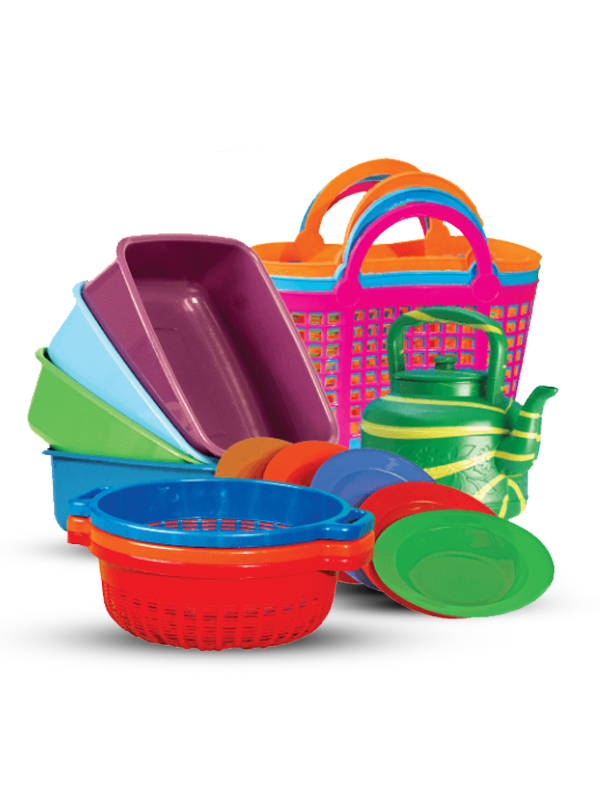
Plastics & Compounds
Talc serves as an essential functional filler for both thermoplastic and thermoset polymers, primarily used in plastics due to its platy particle shape and purity. It significantly enhances polypropylene’s stiffness—by 80% at a 20% loading and by 150% at a 40% loading. Talc also improves polypropylene’s heat resistance, reduces mold shrinkage, enhances melt rheology, and shortens molding cycles. Compared to other reinforcing fillers like fiberglass or mica, talc is much less abrasive and provides polypropylene with superior low-temperature shock resistance. In polyethylene films, talc acts as an anti-block agent, preventing surfaces from sticking together, while in vinyl, it improves hot strength and reduces floor tile shrinkage. Talc can be used in polyolefins, nylon, and polyesters, serving as a nucleating agent in fine particle grades. Though challenging to disperse in conventional mixing equipment due to its bulk, talc offers lubricity, reduces extrusion die wear, and promotes better mold release and surface gloss. Additionally, it enhances fire retardancy, aids color applications, and modifies viscosity in various plastic sealants and mastics.
- Platy particle shape
- Whiteness
- Chemical inertness
- Opacifying power
- Low iron content
- Electrical resistivity
- Super fine particle size
- Low abrasion
- Powder bulk density
Ceramics
A major consumer of Industrial minerals, the Ceramic industry (especially Asia) uses Talc for “body” and glazing of: Wall tiles, Sanitary Ware, Electrical Insulating (Steatite Talc) Porcelain Dinner Ware. The talc used is generally of 80 ~ 93% whiteness and 200 – 300 mesh. The formation of enstatite as talc disassociates during firing produces high thermal expansion bodies, which results in glazes being put into compression and thereby minimizes crazing. Low moisture expansion bodies are produced, which results in good resistance to delayed crazing. The massive nature of the talc aids in dry pressing and in preparation of good casting slips. Low firing temperatures are possible. The shrinkage and absorption properties of bodies are fairly constant over a wide temperature range. Good white fire bodies are possible. Glazes of unusual brilliance and attractiveness can be fitted readily to high-talc bodies. Talc is also used in steatite bodies, which are manufactured into high-frequency electric insulators, a segment of the ceramic white wares market. A minor use of talc is as an additive in dinnerware bodies composed of clay, flint and feldspar. Compromising as much as 6% of such bodies, Omcera provides greatly improved craze resistance. OMCERA exhibits the following characteristics.
- Uniform Chemical composition
- Constant amount of shrinkage on firing
- Fired color
- Particle size distribution
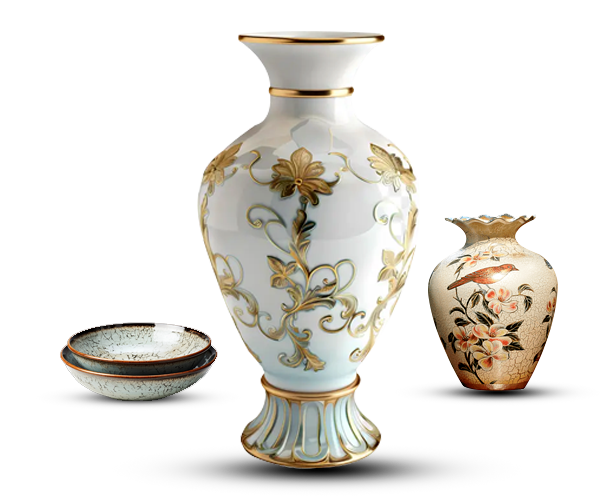
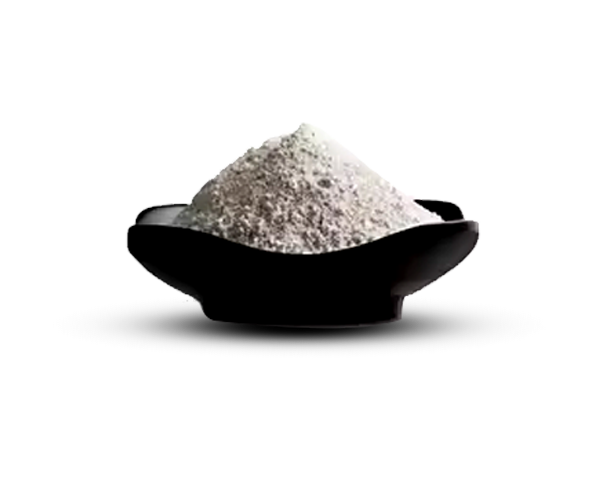
Cosmetics
The product Omcos has been formulated by Omar Minerals with high purity talc’s after careful sorting and hand picking. In cosmetic industry Omcos is used in baby and body powders, facial products, anti-perspirant sticks and various types of creams and lotions. The quality of talc that can be used in cosmetic application has following characteristics.
- Quartz Content (1% maximum, may be lowered to 0.1% maximum)
- Tremolite Content (0.1 maximum)
- Loss on Ignition (6.0% maximum at 10000C)
- Neutral pH.
- Acid soluble substances (2% maximum)
- Water soluble substances (1% maximum)
- Arsenic Content (3ppm maximum)
- Lead Content (20ppm maximum)
- Odor, slip, lubricity, particle size, and whiteness according to costumer specification.
Pharmaceutical
OMTALC has been in very great demand by the Pharma industry due to its purity, thermal and chemical inertness. Multinational companies like Roche, Glaxo Smith Kline, and Merck Marker have been using OMPHARM since it was introduced.
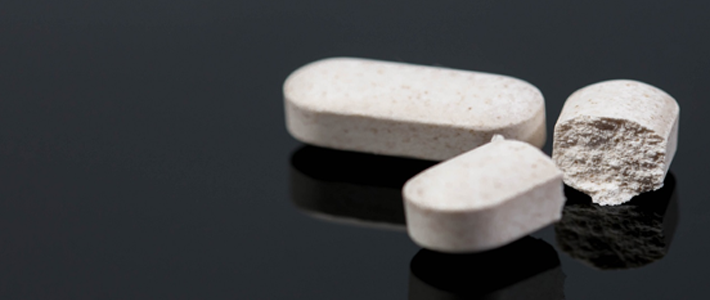
Fillers & Coatings
Textile sizings are made up of a binder, starch, glue, or synthetic polymer together with mineral powders referred to as weight-adding agents. Finishing agents are employed to improve web impregnation, appearance, dye receptivity, to provide temporary sizing, and to add weight.
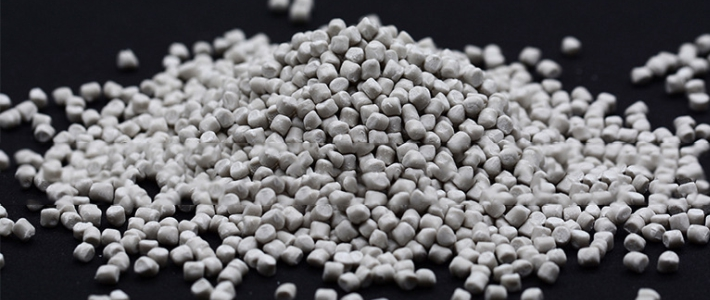
- Dry Fire extinguishing powder
- Cereal polishing
- Bleaching agent
- Floor Wax
- Water filtration
- Leather treatment
- Shoe polish
- Printing Ink
- Casting for Iron ore in the direct reduction process
- Asphalt
- Jointing Compounds
- Confectioneries
- Foam / Rubber
- Putties
- Chewing Gum
- Animal Feed
- Lubricants
- Soaps Manufacturing

